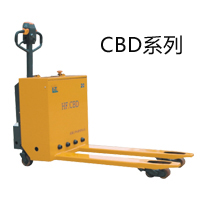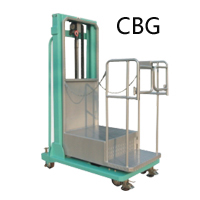产品中心
"利洲"牌各类小型搬运机械,是您提高生产效力,减轻劳动强度的理想设备。




集数十年经验设计,选用合格配套件精心制造,实力雄厚,产品质量可靠,服务周到,以客户需求为导向,不断创新,致力于为客户提供更好的产品和服务,赢得广大客户的信赖和支持
企业中同行业中率先通过了ISO9001-2000质量认证,产品使用由中国人民保险公司(PICC)提供质量保证。

科研实力
选用合格配套件精心制造,实力雄厚,
产品质量可靠,服务周到,
以客户需求为导向,不断创新。

产品优势
"利洲"牌各类轻小型搬运车,具有体积小,
自重轻,无污染,无噪音,操作简便,升降平衡,
能满载进入电梯作业等安全可靠的特点。

应用广泛
应用于车间,仓库,人民银行仓库,
仓储式商场等场合货物的快速装卸,搬运,
轻载荷楼面搬运物料,更能发挥独到的效果。
星空体育·(中国)官方网站系全国轻小型搬运车辆协会成员单位,生产的"利洲"牌手动搬运车,电动托盘搬运车,电动插腿式推垛车,轻型平衡重式叉车,轻型电动牵
引车等室内轻小型搬运车辆,引进国外先进技术,集数十年经验设计,选用优质配套件精心制造....
产品展示
快速链接
联系XINGKONG SPORT
关注XINGKONG SPORT
